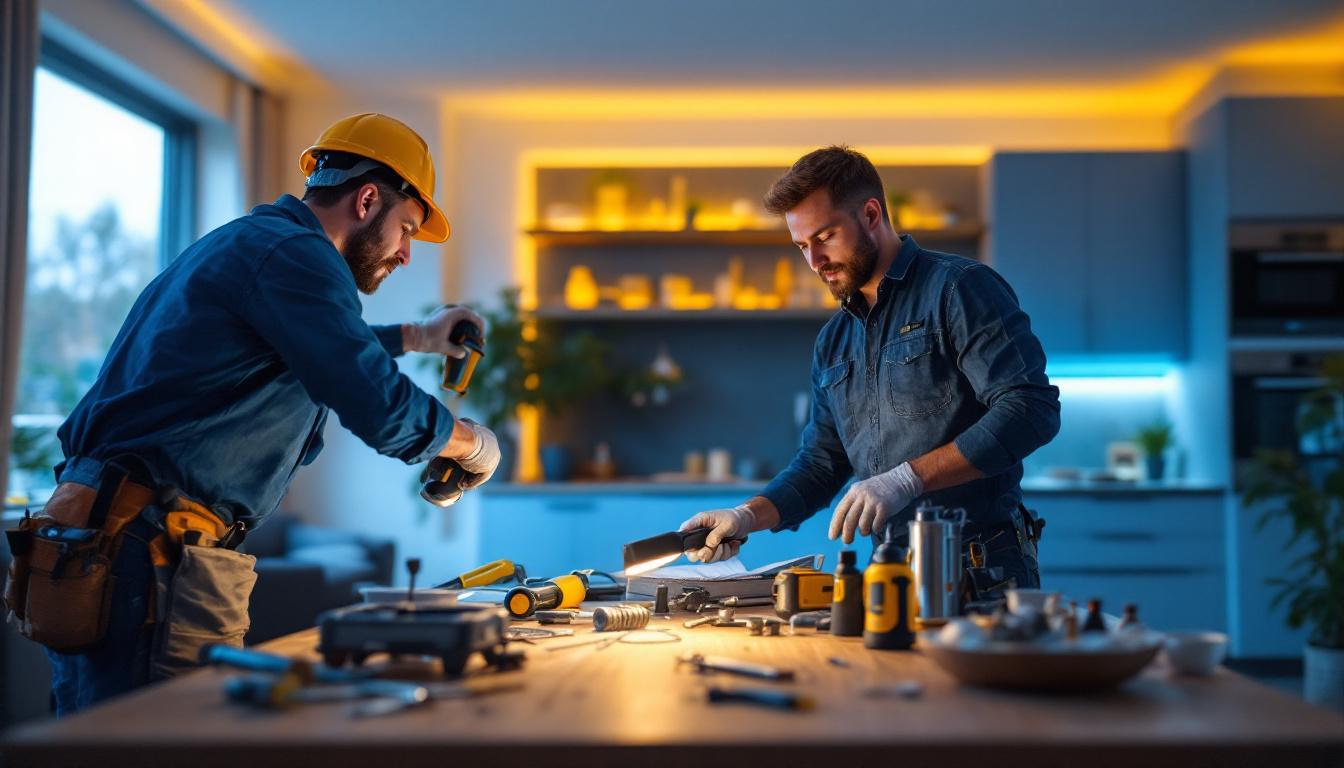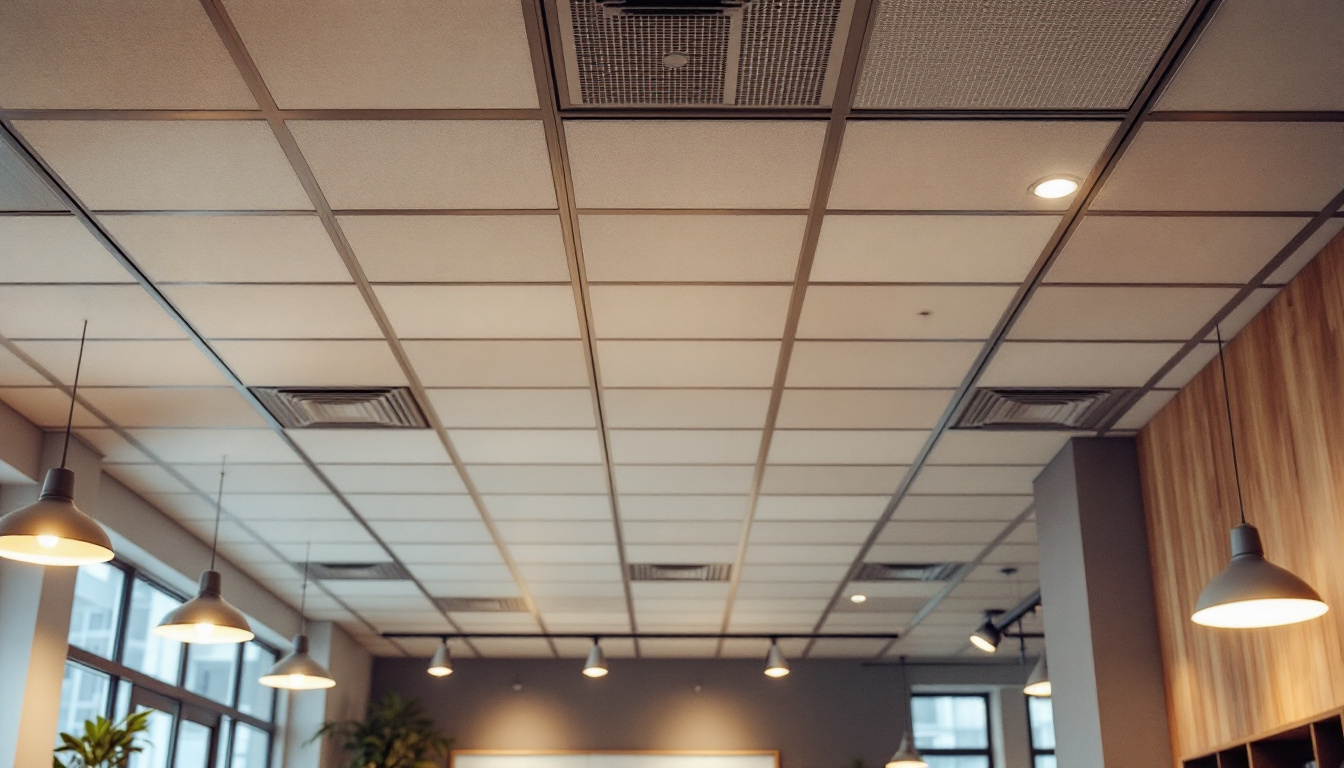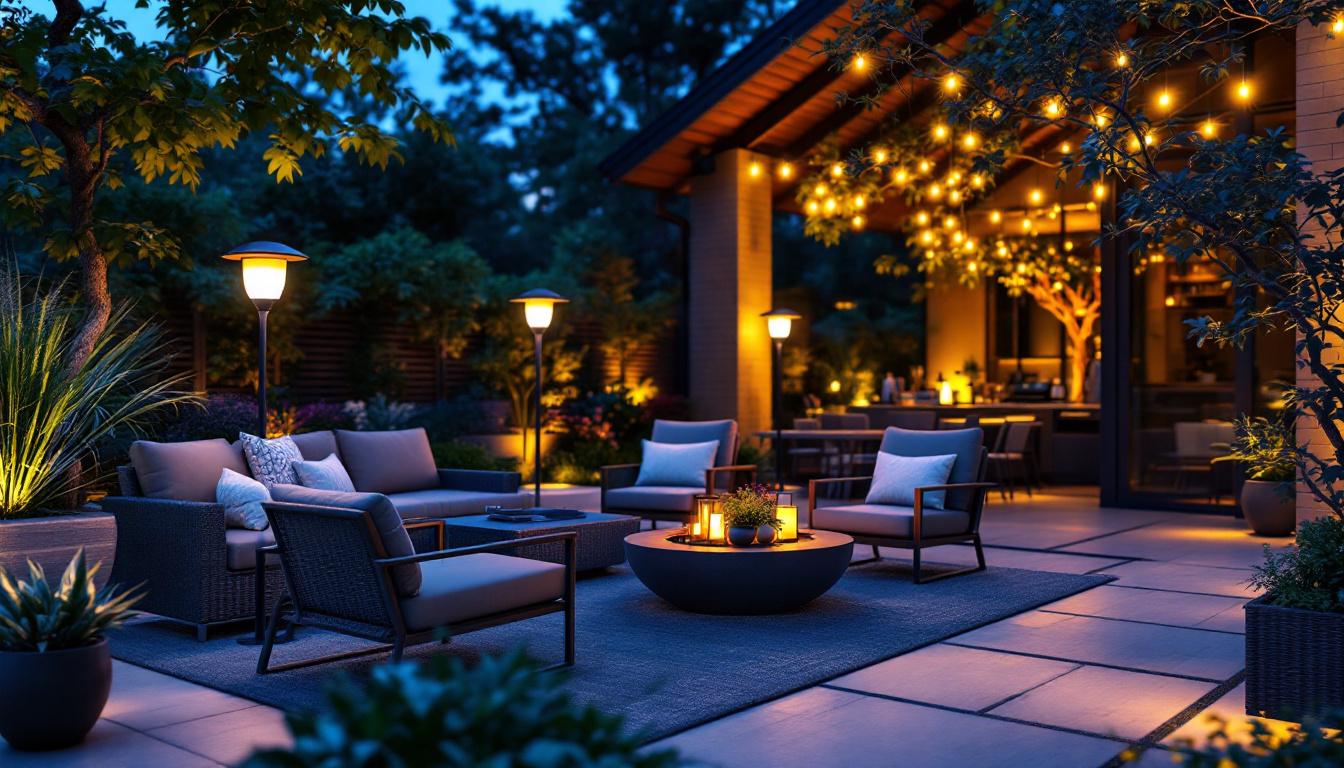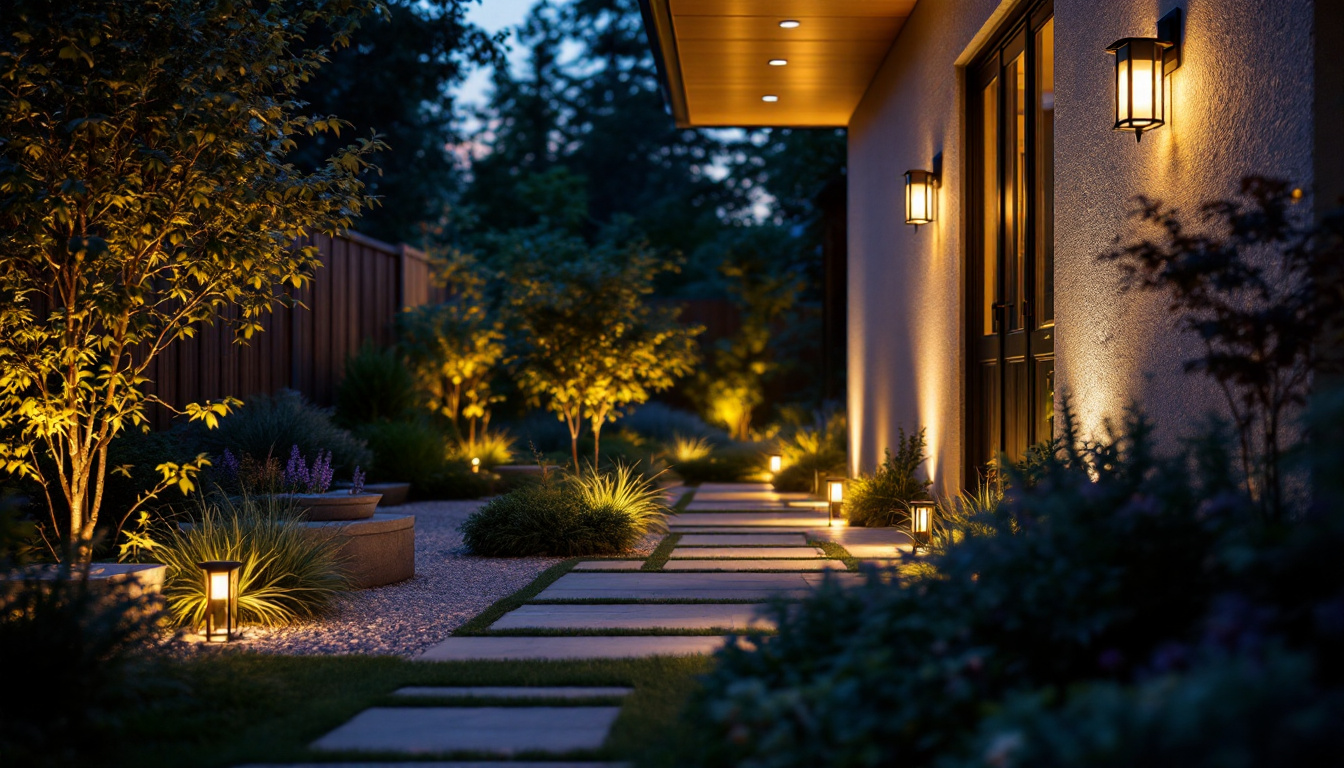
In the ever-evolving world of lighting technology, retrofit LED can lights have emerged as a popular choice for both residential and commercial applications. For lighting contractors, these fixtures present unique opportunities and challenges. Understanding how to navigate these challenges is crucial for successful installations and satisfied clients. This article explores six retrofit LED can lights and provides insights on overcoming common obstacles faced by lighting contractors.
Retrofit LED can lights are designed to fit into existing recessed can fixtures, offering a simple and energy-efficient lighting solution. Unlike traditional incandescent or fluorescent bulbs, LED technology provides longer lifespans and reduced energy consumption, making them an attractive option for homeowners and businesses alike.
These fixtures come in various styles, sizes, and color temperatures, allowing contractors to cater to diverse client preferences. However, the installation process can present challenges that require careful consideration and planning.
One of the primary advantages of retrofit LED can lights is their energy efficiency. By consuming significantly less power than traditional lighting options, these fixtures can lead to substantial cost savings on electricity bills. Additionally, they have a longer lifespan, which reduces the frequency of replacements and maintenance.
Another benefit is the versatility in design. Retrofit LED can lights can be used in a variety of settings, from residential living rooms to commercial office spaces, providing uniform lighting that enhances the aesthetic appeal of any environment.
Despite their advantages, contractors may face several challenges when installing retrofit LED can lights. Compatibility with existing fixtures, electrical issues, and ensuring proper light distribution are just a few hurdles that can arise during the installation process.
Understanding these challenges ahead of time can help contractors prepare and mitigate potential issues, ensuring a smoother installation experience for both themselves and their clients.
One of the most significant challenges contractors encounter is ensuring that retrofit LED can lights are compatible with existing recessed can fixtures. Not all fixtures are created equal, and variations in size, shape, and mounting methods can complicate the installation process.
To overcome this challenge, contractors should conduct thorough assessments of the existing fixtures before making any purchases. This includes measuring the can size, checking the mounting type, and ensuring that the electrical connections are suitable for LED technology.
Before recommending retrofit LED can lights to clients, it’s essential to assess the condition of existing fixtures. Look for signs of wear and tear, rust, or damage that may affect compatibility. Additionally, verify the wattage and voltage specifications to ensure that the new LED lights will operate effectively within the existing setup.
Taking the time to evaluate existing fixtures can save contractors from potential headaches during installation and help maintain client satisfaction.
Once compatibility has been established, selecting the right retrofit kit becomes crucial. Many manufacturers offer a range of options designed specifically for various types of can lights. Contractors should consider factors such as lumen output, color temperature, and beam angle when making their selection.
Additionally, it’s beneficial to consult product reviews and seek recommendations from peers in the industry. This can provide valuable insights into which retrofit kits perform best in specific applications.
Electrical considerations are paramount when installing retrofit LED can lights. The existing wiring must be compatible with the new fixtures, and contractors must ensure that the electrical load is within safe limits to avoid potential hazards.
Understanding the electrical requirements of LED lights is essential, as they often operate at lower wattages than traditional bulbs. This can lead to confusion if contractors do not account for the differences in power consumption.
Contractors should perform load calculations to determine the total wattage of all fixtures on a circuit. This will help ensure that the circuit can handle the new LED lights without exceeding the maximum load capacity. If the circuit is already near its limit, it may be necessary to redistribute the load or install additional circuits.
By performing these calculations, contractors can prevent electrical issues that could lead to flickering lights, tripped breakers, or even fire hazards.
When installing retrofit LED can lights, it’s crucial to follow proper wiring techniques. This includes ensuring that all connections are secure and that the wiring is appropriately insulated. Contractors should also be aware of local electrical codes and regulations to ensure compliance.
Using the right tools and materials can make a significant difference in the quality and safety of the installation. Investing in high-quality connectors and wiring can help prevent future issues and enhance the longevity of the lighting system.
Another challenge that lighting contractors face is achieving optimal light distribution and quality with retrofit LED can lights. Unlike traditional fixtures, LED lights can produce varying levels of brightness and color temperatures, which can impact the overall ambiance of a space.
Contractors must consider the intended use of the space and the preferences of their clients when selecting LED lights. This requires a nuanced understanding of how different lighting options can affect mood, productivity, and aesthetics.
Lumen output is a critical factor in determining how much light a fixture will produce. Contractors should educate clients on the difference between lumens and watts, as many people still associate higher wattage with brighter light. In reality, LED lights produce more lumens per watt than traditional bulbs.
By providing clients with clear information about lumen output, contractors can help them make informed decisions that align with their lighting needs and preferences.
Color temperature, measured in Kelvin (K), plays a vital role in the overall feel of a space. Warm white lights (2700K-3000K) create a cozy atmosphere, while cool white lights (4000K-5000K) are ideal for task-oriented areas like kitchens and offices. Contractors should guide clients in selecting the appropriate color temperature based on the intended use of each space.
Additionally, it’s essential to consider the color rendering index (CRI) of the LED lights. A higher CRI indicates better color accuracy, which is particularly important in settings like retail spaces or art galleries where color representation is crucial.
Lighting contractors often encounter various concerns from clients regarding retrofit LED can lights. These may range from questions about energy savings to worries about the initial investment. Addressing these concerns effectively can help build trust and ensure client satisfaction.
Effective communication is key. Contractors should be prepared to explain the long-term benefits of LED technology, including energy savings, reduced maintenance costs, and environmental impact.
One of the most compelling arguments for retrofit LED can lights is their energy efficiency. Contractors should present clients with data on potential energy savings compared to traditional lighting options. This can include calculations on reduced electricity bills and the payback period for the initial investment.
By illustrating the return on investment (ROI), contractors can help clients understand that while the upfront cost may be higher, the long-term savings make LED lights a worthwhile investment.
Clients may also have aesthetic concerns regarding the appearance of retrofit LED can lights. Some may worry that the new fixtures will not match their existing decor or that the light quality will not meet their expectations. Contractors should be prepared to showcase different styles and finishes available in the market.
Offering samples or mock-ups can help clients visualize how the new lights will look in their space. Additionally, providing information on dimmable options can allow clients to customize the lighting to suit their preferences.
The lighting industry is constantly evolving, with new technologies and trends emerging regularly. For lighting contractors, staying updated with these changes is essential for maintaining a competitive edge and providing clients with the best solutions.
Engaging in continuous education and training can equip contractors with the knowledge needed to navigate the complexities of retrofit LED can lights and other lighting technologies.
Many manufacturers and industry organizations offer training programs and workshops focused on the latest lighting technologies. Participating in these programs can provide contractors with valuable insights into product features, installation techniques, and energy efficiency standards.
Additionally, networking with peers and industry experts can foster collaboration and knowledge sharing, further enhancing a contractor’s expertise.
Regulatory changes can significantly impact the lighting industry, particularly regarding energy efficiency standards and safety regulations. Contractors should stay informed about local and national regulations to ensure compliance and avoid potential legal issues.
Subscribing to industry publications, attending trade shows, and joining professional organizations can help contractors stay abreast of these changes and adapt their practices accordingly.
Retrofit LED can lights offer numerous benefits for lighting contractors and their clients, including energy efficiency, versatility, and aesthetic appeal. However, the installation process can present various challenges that require careful planning and execution.
By understanding compatibility issues, electrical considerations, light distribution, and client concerns, contractors can navigate these challenges effectively. Staying updated with industry trends and participating in continuous education can further enhance a contractor’s ability to provide high-quality lighting solutions.
Ultimately, by addressing these challenges head-on, lighting contractors can ensure successful installations and foster long-term relationships with satisfied clients.
Ready to elevate your lighting projects with the best retrofit LED can lights on the market? Look no further than LumenWholesale, where we provide contractors with superior, spec-grade lighting products at unbeatable wholesale prices. Say goodbye to local distributor markups and hello to our extensive selection that meets the highest industry standards. With LumenWholesale, you’ll enjoy the convenience of bulk buying with free shipping, ensuring you get the premium lighting you need at the best value — without hidden fees or compromises. Wholesale Lighting at the Best Value is just a click away. Upgrade your lighting solutions with us today and experience the difference quality and affordability can make.

Explore the essential considerations for lighting contractors when installing drop ceiling lights.

Illuminate your projects with our comprehensive guide on solar patio lamps.

Discover essential insights into Rab Landscape Lighting with our comprehensive guide tailored for lighting contractors.

Discover the essential guide to lighting connectors tailored for lighting contractors.